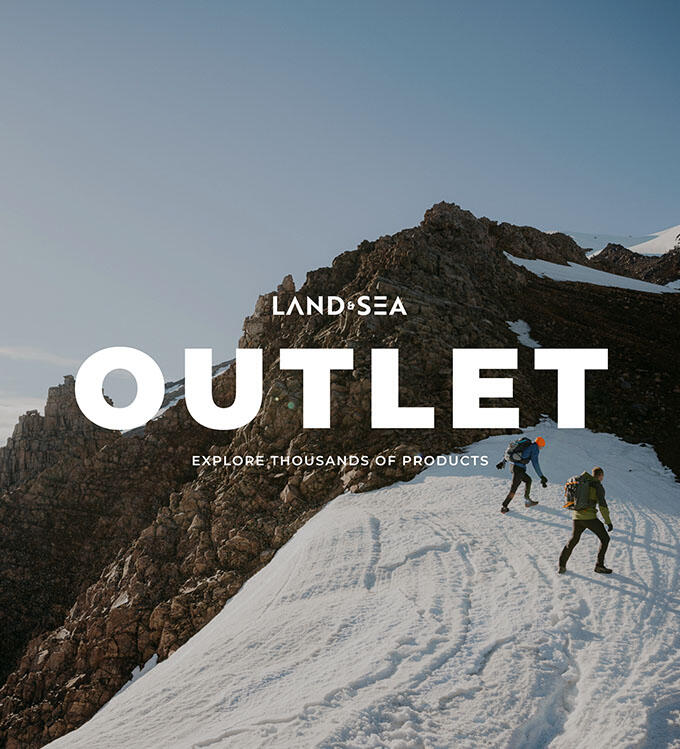How to Choose the Perfect Tent for New Zealand Conditions
Understanding New Zealand’s Weather & Terrain
New Zealand’s weather can shift dramatically from one region to the next. In Northland and the Coromandel Peninsula, summer days often bring high humidity and sudden tropical downpours. On the west coast of both islands, relentless westerly winds push moisture ashore, creating long, drenching rain events. Up in the Southern Alps, nor’westers can gust past 100 km/h and overnight temperatures frequently dip below freezing, even in summer, while coastal campsites deal with salt spray and abrasive sea breeze.
Those regional extremes mean you need to match your tent’s features to where you’ll camp most. Coastal trips demand a durable, higher-denier fabric and corrosion-resistant zips to stand up to salt and sand. Alpine and exposed sites call for low-profile, aerodynamic shapes with reinforced poles rated for wind and hail. If you’re a family car-camper, you’ll trade ultralight weight for roomy interiors, tall peak height and large vestibules. And everywhere in Aotearoa, look for ample mesh panels and adjustable vents to manage condensation when temperatures swing by 10 °C or more overnight.


Tent Types Explained
2- vs 3- vs 4-Season
2-Season: Lightweight, max airflow, ideal for summer; not for alpine or shoulder-season.
3-Season: Balanced weight and protection, vents to reduce condensation; great Oct–Apr.
4-Season: Heavy-duty fabrics and poles, minimal mesh, resists snow and strong winds; for winter or alpine use.
Ground vs Rooftop vs Swag
Ground: Pitched on soil, freestanding or tunnel designs, from ultralight to family sizes.
Rooftop: Mounted on vehicles, deploys fast, keeps you off wet/uneven ground.
Swag: Canvas roll-out with mattress, no poles, rugged and weatherproof but bulky.
Solo, Couple & Family
Solo: less than 1 kg, packs small, for fast tramps.
Couple: 2-person, 1.5–2.5 kg, with vestibule for gear.
Family: 3+ person, multi-room, high peak, heavy (5 kg+), for car-camping comfort.
Key Features to Consider
- Material & Waterproof Rating: Look for high-denier polyester or nylon (30D–70D) with a PU or silicone coating, plus a hydrostatic head ≥ 1500 mm. Fully taped seams and a durable DWR finish keep driving rain out without clogging fabric pores.
- Weight & Packed Size: Ultralight backpackers aim for sub-1 kg tents that pack into a 10–15 L stuff sack; family and overland rigs can weigh 5–10 kg with 30–50 L packed volume. Match your tent weight to your transport method and trip duration.
- Pole Systems & Setup Ease: High-strength aluminium or DAC poles with colour-coded clips and hubs speed up pitching. Freestanding designs let you move your tent before pegging, while tunnel shapes offer more interior space but need guy-ropes for stability.
- Ventilation & Condensation Control: Ample mesh walls, roof vents and adjustable zip-down panels promote cross-flow airflow. Look for dual-stage vestibules or vent covers to balance weather protection with moisture escape when temperatures swing.
- Floor Area & Vestibule Space: Internal floor area per person should be at least 1.5 m² for comfort; look for peak heights ≥ 1.1 m if you want to sit up. Generous vestibules (≥ 0.5 m²) provide mud-free storage for boots and backpacks.
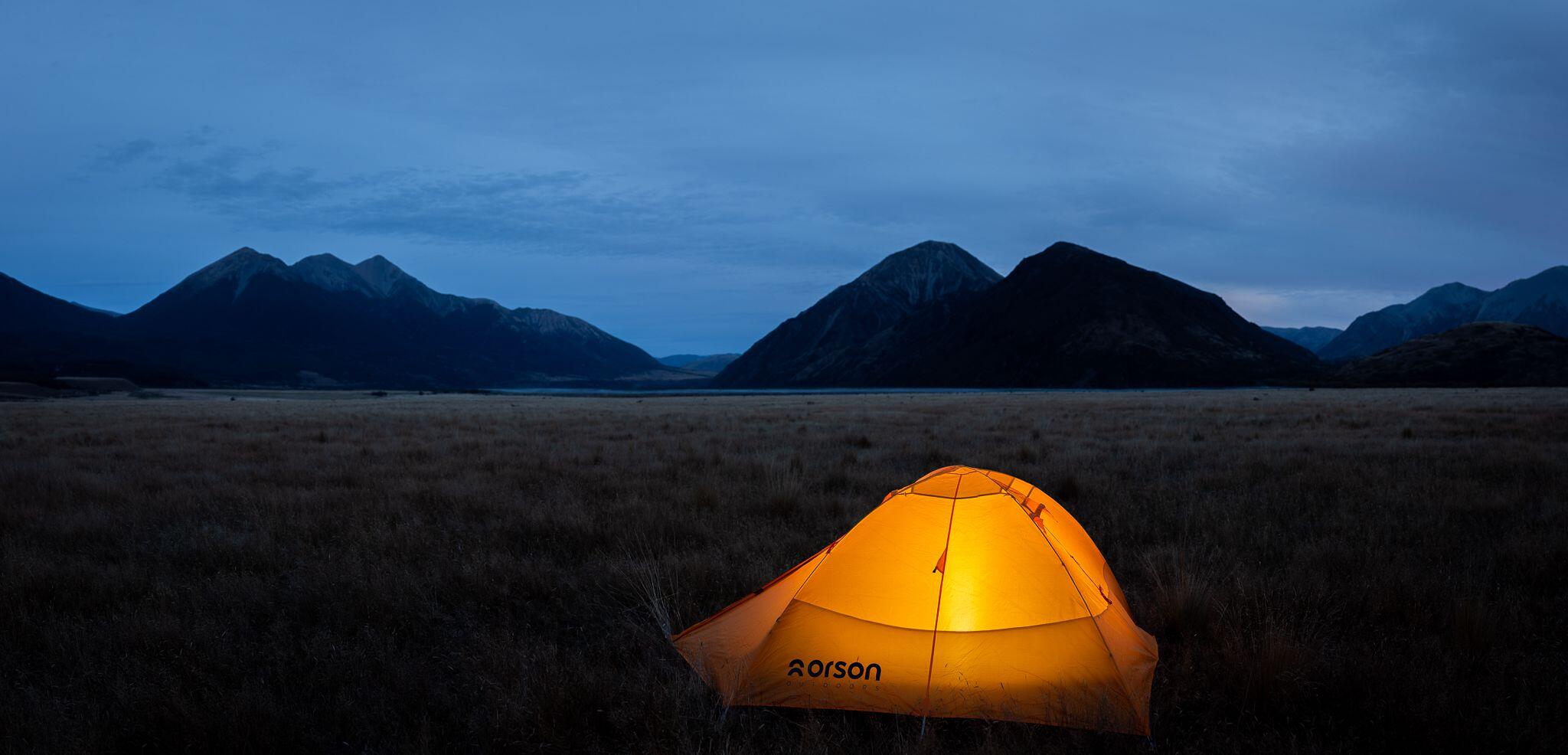

Picking by Activity & Group Size
- Solo & Ultralight Hiking: Tents under 1 kg with minimal poles and compact packed size (10–15 L). Ideal for solo tramping or fast-packing, these designs prioritize weight savings and quick setup.
- 2-Person & Couples: Balance interior space (2.5–3 m²) with moderate weight (1.5–2.5 kg). Look for angled walls and a vestibule for gear storage, making them perfect for paired load-sharing on multi-day hikes.
- Family & Car-Camp: Spacious multi-room layouts with peak heights ≥ 1.8 m, packed weights from 5–10 kg+. These tents emphasize comfort, large doors, porches and durable materials for weekend getaways.
- Rooftop & Overlanding: Vehicle-mounted hard- or soft-shell tents deploy in seconds and include integrated mattresses. Excellent for road-trippers and 4WD enthusiasts who want off-ground comfort and rapid setup, plus optional annex rooms.
Land & Sea’s Top Tent Recommendations
Orson Nomad 2 All-Weather Lightweight 2-Person Tent
Specs & Best Use: Durable 68T Oxford shell with 2 500 mm waterproof rating, 95 cm peak height, 6.5 m² floor area, packs to 38×20×21 cm; at 3.05 kg it’s perfect for fast two-person hikes with all-weather protection.
Price: $369.00
Pros:
- All-weather ruggedness in a backpack-friendly pack size
- Good headroom and floor space for two
Cons:
- Moderate waterproof rating versus premium shells
- Minimal ventilation for hot summer tramps
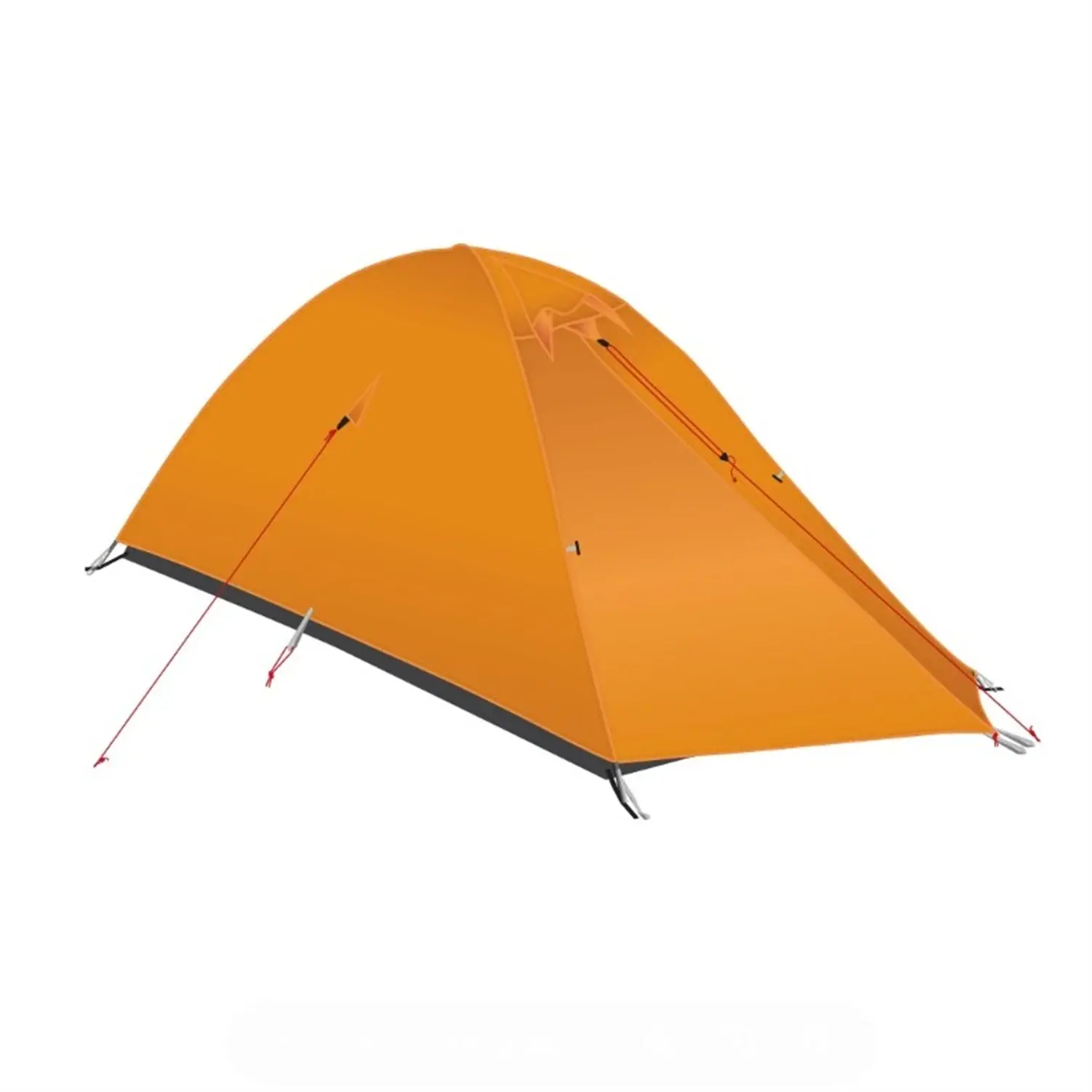
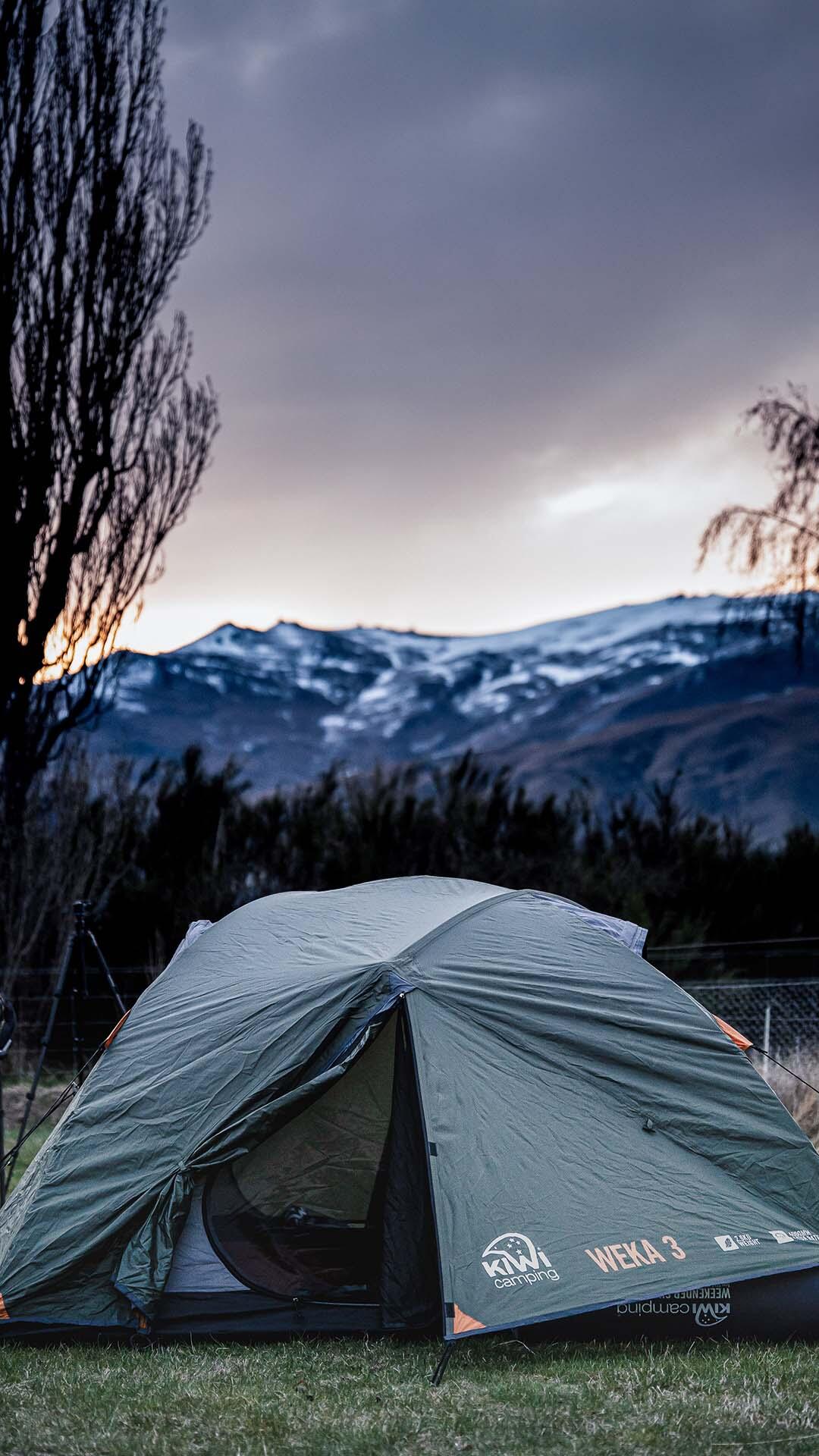
Kiwi Camping Weka 3 Person Dome Tent
Specs & Best Use: Single-room dome with double vestibule, 3.8 m² floor, packs to 48×15×15 cm at 2.9 kg; designed for multi-day tramps in NZ—splits into 3 bags for lightweight carries.
Price: $399.00
Pros:
- Very affordable for a 3-person tent
- Double vestibules keep gear dry
Cons:
- Heavier than ultralight hiking tents
- Basic waterproofing and mesh only
Zempire Pro TM V2 Air Tent
Specs & Best Use: 4-season, sleeps 3–4 with zip-out multi-bedrooms, 8 000 mm waterproof, 12.2 m² internal, inflates from one point in <2 min; ideal for quick-setup family/couple car camping.
Price: $1,999.00
Pros:
- Super-fast single-point inflation
- High waterproof rating and UPF 50+
- Customizable inner bedrooms
Cons:
- Heavy pack weight (~32 kg)
- Bulky packed size for transport
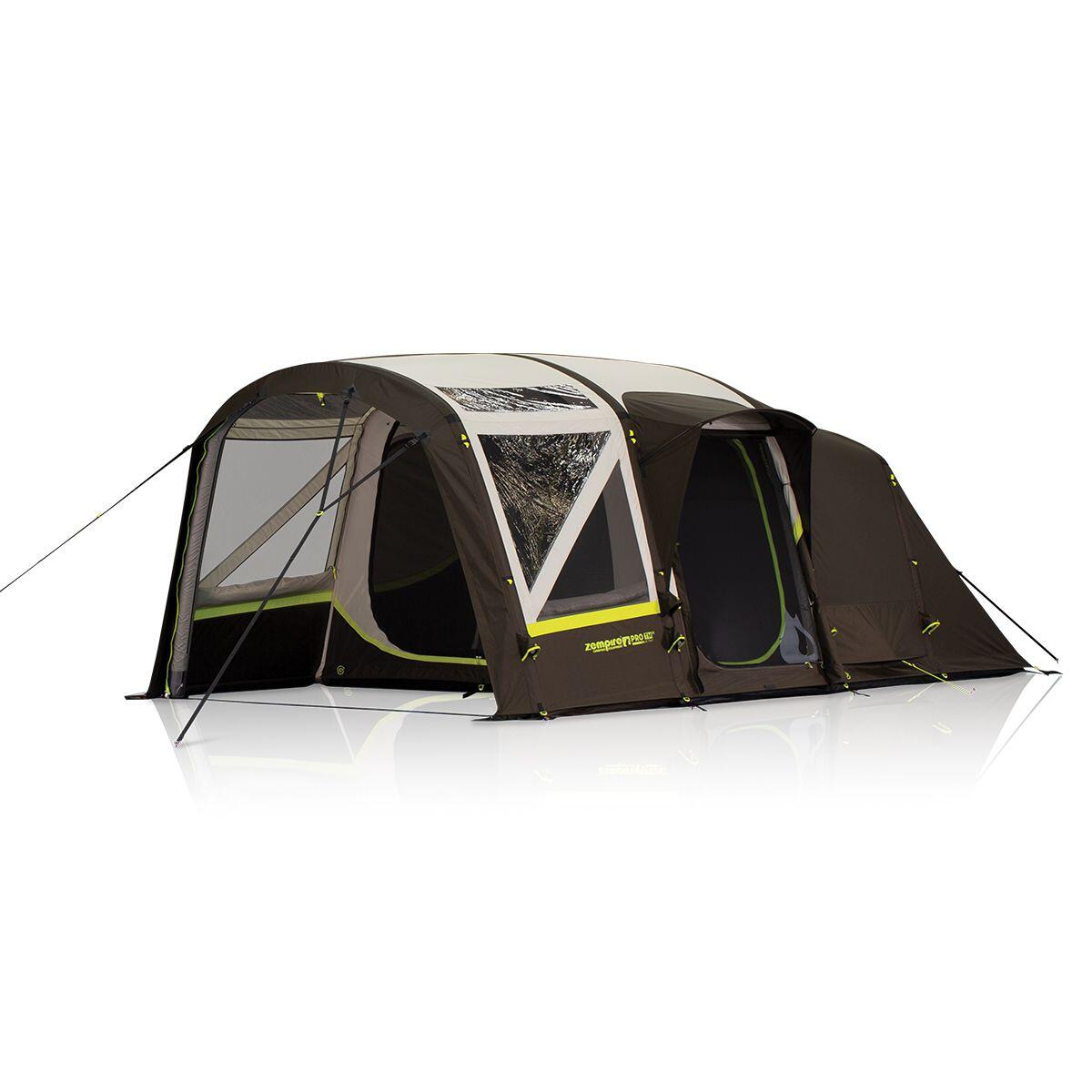
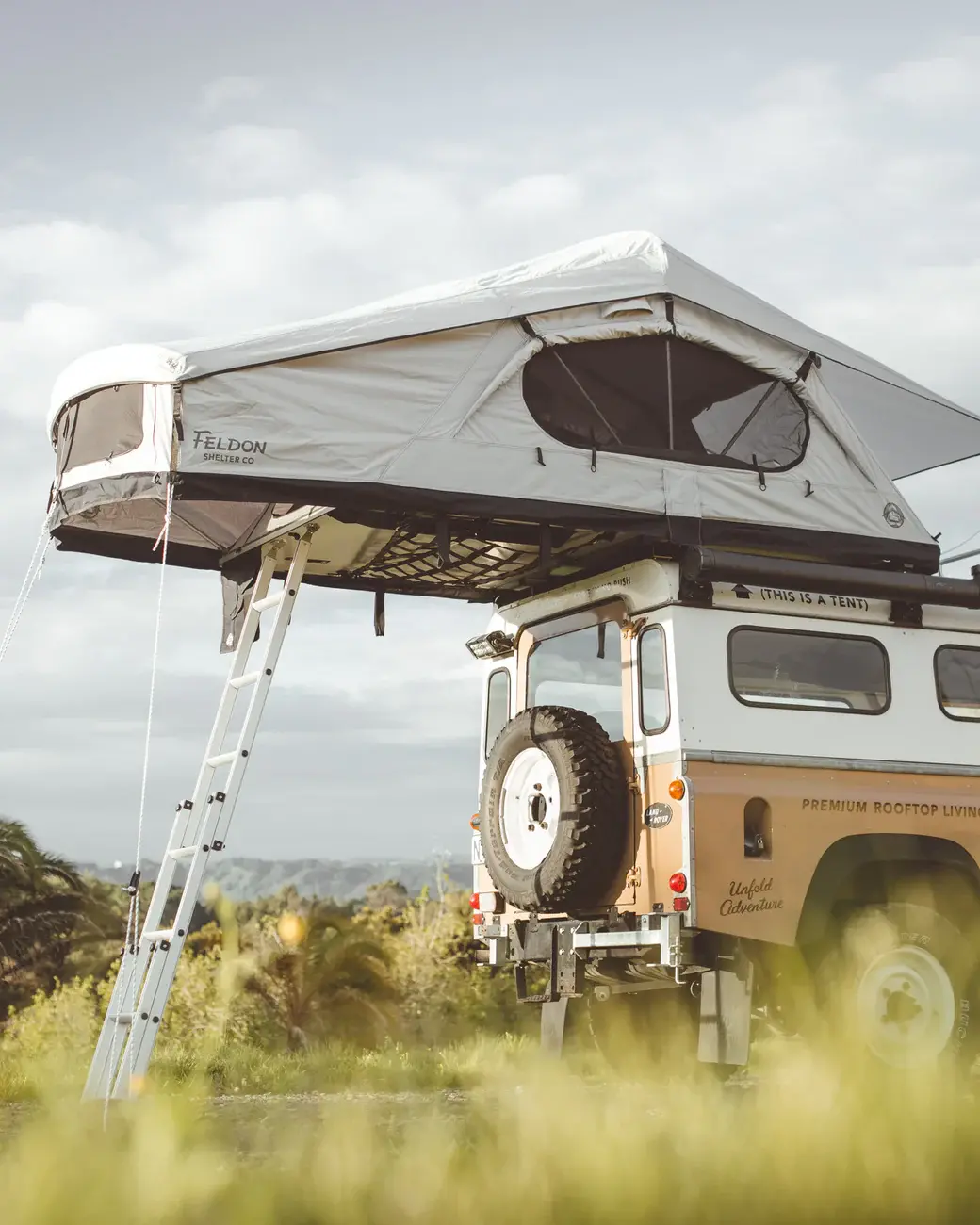
Feldon Shelter Crow’s Nest Extended Rooftop Tent
Specs & Best Use: 2-person canvas rooftop tent with built-in queen mattress, quick ladder-deploy setup, full ladder coverage and 360° mesh windows; perfect for comfortable overlanding.
Price: $2,799.00
Pros:
- Effortless ladder-pull setup in under a minute
- Integrated queen-size mattress
- Full poly-cotton canvas and mesh protection
Cons:
- Heavy on roof racks when loaded
- High wind profile
Setup, Maintenance & Care
- Groundsheet versus Footprint: Always place a custom-cut footprint or polyethylene groundsheet under the tent floor. This prevents fabric abrasion, punctures and wicking of ground moisture. Trim to the tent base size so no edges extend beyond the floor where rain could collect.
- Seam Sealing and Fly Care: Before first use, clean fly and floor surfaces with a soft brush and mild soap. After drying, apply a tent-specific seam sealer on all taped and stitched areas. Allow products to cure for 24 hours. Reapply after heavy trips or annually to maintain waterproof performance and seam integrity.
- Poles and Hardware Maintenance: After each trip, rinse poles in fresh water to remove dirt and salt. Dry fully before collapsing. Inspect shock cord tension and replace worn sections to keep poles from sagging. Tighten or replace bent or cracked clips and fasteners.
- Cleaning and Fabric Care: Use only tent-safe cleaners and lukewarm water. Avoid harsh detergents, bleach or machine washing. Gently scrub dirty areas with a soft sponge. Rinse thoroughly and hang dry in shade to protect coatings and prevent UV damage.
- Storage Recommendations: Store the tent loosely in a breathable cotton or mesh bag in a cool, dry place away from direct sunlight. Do not store compressed in its stuff sack for long periods. Periodically air out and refold the tent in different patterns to avoid permanent creases or material fatigue.
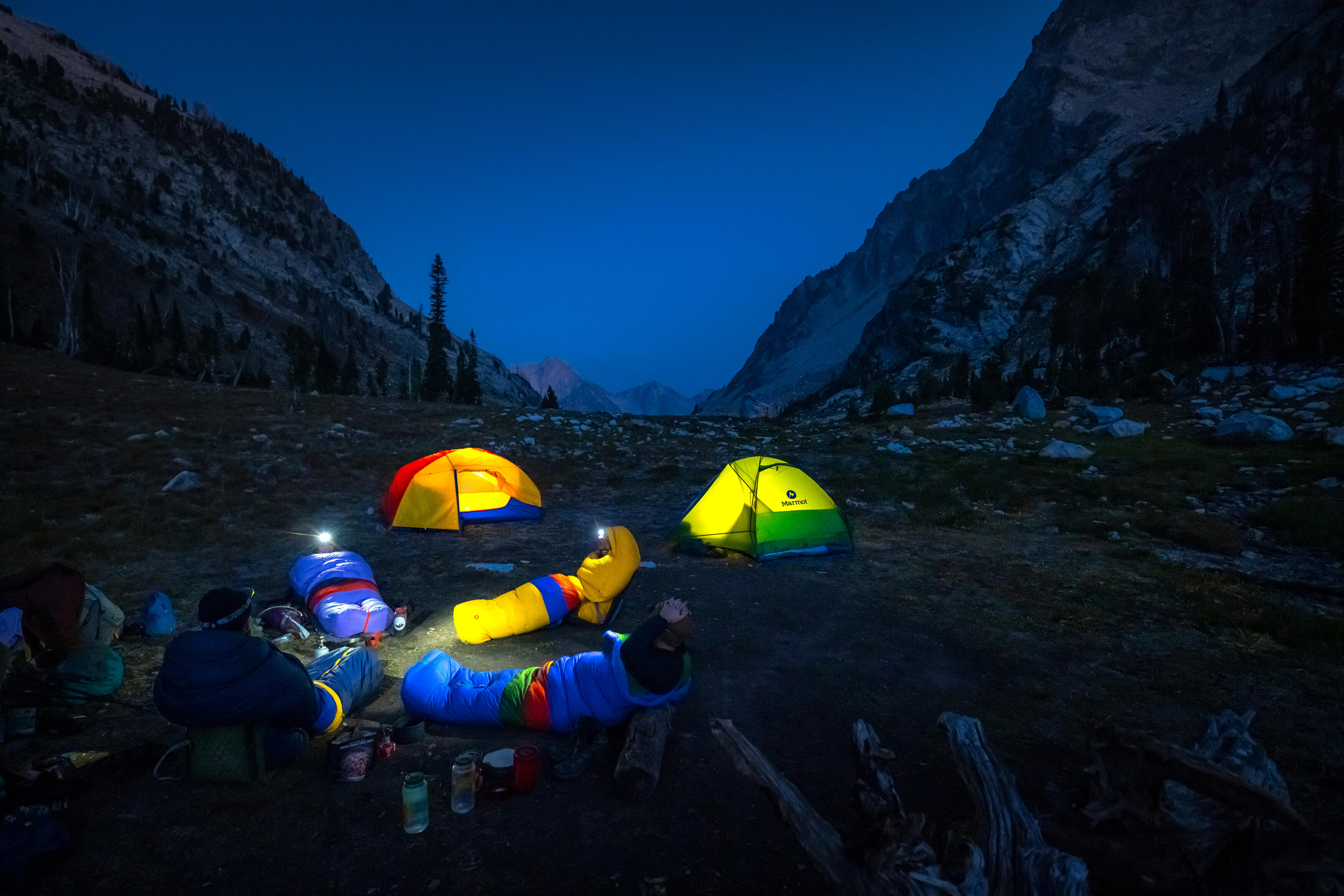
Frequently Asked Questions
How do I choose the right tent size?
Consider both sleeping capacity and gear storage. Add at least 0.5 m² per person for comfort plus a vestibule for boots and packs. For multi-day trips, a slightly larger tent prevents cramped conditions. Always check packed weight versus capacity if carrying on foot.
Which features help with high winds and rain?
Look for an aerodynamic profile, multiple guy points and high-denier fabrics with a hydrostatic head ≥ 2000 mm. Fully taped seams, reinforced poles rated for gusts over 100 km/h and minimal mesh on the windward side improve stability and waterproofing in exposed sites.
How can I minimise condensation inside my tent?
Ensure cross-ventilation by opening vents or mesh panels on opposite walls. Avoid drying wet gear inside and cook outside the shelter. Pitch your tent under a light canopy to moderate temperature swings and use a footprint to reduce ground moisture ingress.
What maintenance extends tent lifespan?
Regularly clean and seam-seal stitched areas, rinse poles and zippers after salty or muddy trips and store the tent fully dry and loosely folded. Inspect for tears or worn coatings annually and repair promptly to prevent further damage.
Can I leave my tent pitched in rain for multiple days?
Extended exposure to rain can saturate fabrics and degrade DWR coatings. If possible, pitch under a tarp or tidy the fly regularly. After heavy rain, dry the tent thoroughly before storage to maintain waterproofness and prevent mold.
Enjoyed this guide?
Explore our full range of tents and gear at Land & Sea.
Shop Tents
